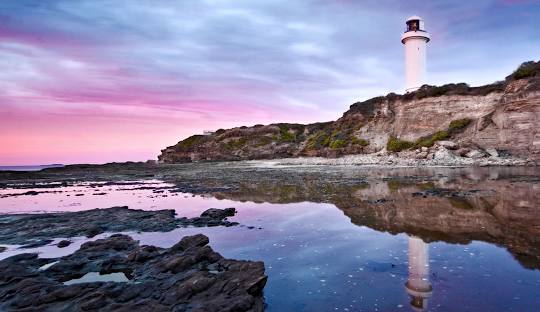
Wollongong Celebrates Rich Heritage and Unique Coastal Geography
Posted by on
Wollongong is home to a wealth of heritage-listed sites that highlight the city’s historical and cultural significance. Notable among these are St Michael’s Cathedral on Church Street, the North Beach Precinct along Cliff Road, and the Wollongong Harbour Precinct situated between Cliff Road and Endeavour Drive. Historic buildings such as the Old Wollongong East Post Office at 91 Crown Street, Elouera House on Darling Street, and the Regent Theatre at 197 Keira Street preserve the architectural legacy of the region. Additionally, the Wollongong railway station on the Illawarra line and the Old Wollongong Telegraph and Post Office on Market Street further underscore the city’s rich historical tapestry.
Geographically, Wollongong occupies a narrow coastal plain nestled between the vast Tasman Sea to the east and the imposing Illawarra Escarpment to the west. This sandstone escarpment, rising between 150 and 750 meters above sea level, is a defining natural landmark featuring prominent peaks such as Mount Keira, Mount Kembla, Broker’s Nose, and Mount Murray. These escarpment slopes harbor valuable coal seams, which historically fueled Wollongong’s industrial growth. While suburban development extends onto the lower escarpment slopes, much of the area remains protected forest, home to dry sclerophyll vegetation and pockets of temperate rainforest, safeguarded within State Conservation Areas.
The Illawarra Escarpment meets the ocean in the north, where Lawrence Hargrave Drive once hugged the cliffside before geological instability necessitated its partial replacement with the iconic Sea Cliff Bridge in 2005. This engineering marvel spans the rocky coastline, providing safe passage for both vehicles and pedestrians. Wollongong’s transportation network also includes the Illawarra railway line, which tunnels through the escarpment to connect the city to Sydney, as well as major roads like the Southern Freeway and Princes Highway, which traverse the escarpment via Bulli Pass and Mount Ousley.
To the south, the coastal plain widens near Albion Park, embracing Lake Illawarra — a large saltwater lagoon separated from the Pacific Ocean by an extensive sandy spit. The fertile alluvial soils of the coastal strip historically attracted farmers, contributing to the region’s agricultural development during the 19th century. The city’s terrain is characterized by gently rolling hills and several short, flood-prone creeks and streams, including Fairy Creek, Cabbage Tree Creek, and Macquarie Rivulet, which traverse the landscape and enhance its natural diversity.
Together, Wollongong’s heritage sites and distinctive geography offer residents and visitors alike a blend of historical richness and scenic beauty, reflecting the city’s unique place along Australia’s South Coast.